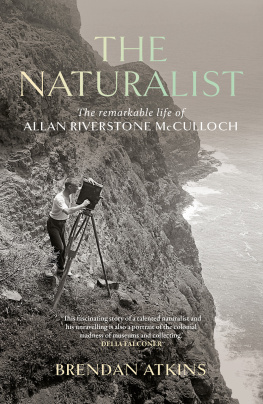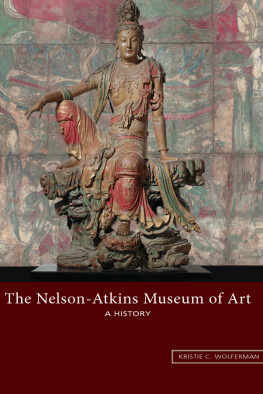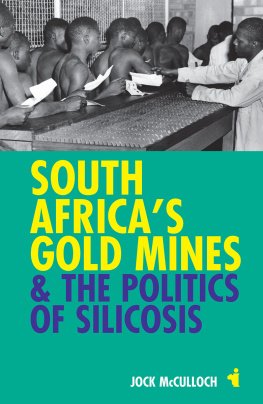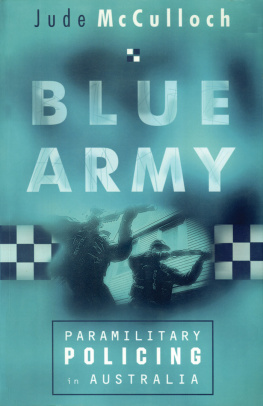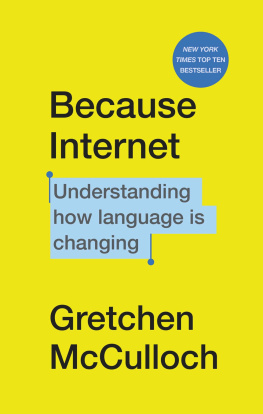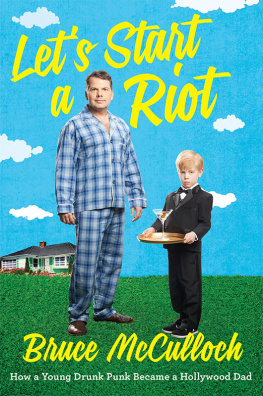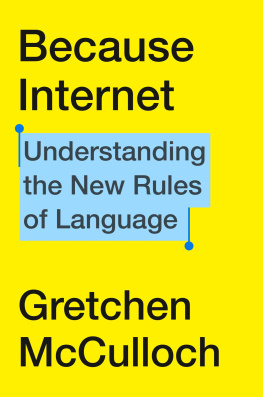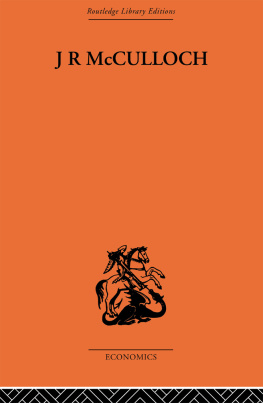Contents
Page List
Guide

THE
NATURALIST
BRENDAN ATKINS is the author of Water and Antarctica. He was editor of the Australian Museums Explore magazine from 20062015. For many years he worked as an ecologist in the management of rivers and wetlands. He lives in Katoomba, Dharug and Gundungurra Country.
I was fascinated by Atkins search to understand a talented naturalist and his unravelling. His story is also a fascinating portrait of the behind-the-scenes politics of one of our oldest museums at a time when everything was seen as ripe for the collecting. DELIA FALCONER
Brendan Atkins book is a labour of love, a meticulously researched account of the life of Allan McCulloch, a senior and controversial figure at Sydneys Australian Museum and one of the worlds leading ichthyologists, or fish biologists. It chronicles his field work adventures across the Pacific and informs us about a myriad of topics along the way, from taxidermy and dioramas to the ongoing problem of museums and their often-plundered objects. McCulloch led a troubled life, something this book describes with honesty and insight. He was also an accomplished artist, studying under Julian Ashton; the remarkable sketches and paintings of species reproduced here indicate his complete dedication to his craft. KEN GELDER
A fascinating biography of a fascinating man: a naturalist, adventurer, artist, and a genius who found his greatest struggle was to deal with his own demons. LOUIS NOWRA
A wonderful biography that takes us into the intricate and astonishing world of the natural history museum 100 years ago. Brendan Atkins recovers an important curator, the enigmatic and talented Allan McCulloch, with insight, humour and sensitivity. Along the way, he teases out distinctions between stealing and collecting, guilt and hubris, despair and genius. CATHY PERKINS
An artist, a pioneering biologist, and someone who helped make our cherished Australian Museum one of the greatest in the world. At last, his enthralling story is being told. ROBYN WILLIAMS
A NewSouth book
Published by
NewSouth Publishing
University of New South Wales Press Ltd
University of New South Wales
Sydney NSW 2052
AUSTRALIA
https://unsw.press/
Brendan Atkins
First published 2022
This book is copyright. Apart from any fair dealing for the purpose of private study, research, criticism or review, as permitted under the Copyright Act, no part of this book may be reproduced by any process without written permission. Inquiries should be addressed to the publisher.
 | A catalogue record for this book is available from the National Library of Australia |
| ISBN | 9781742237756 (paperback) |
| 9781742238593 (ebook) |
| 9781742239514 (ePDF) |
Internal design Josephine Pajor-Markus
Cover design Philip Campbell Design
Cover image Allan McCulloch with cinecamera on Malabar cliff, Lord Howe Island, Christmas 1923. Photograph by Anthony Musgrave. Courtesy Australian Museum Archives, v10661.
Published in association with the Lord Howe Island Historical Society and Museum.
All reasonable efforts were taken to obtain permission to use copyright material reproduced in this book, but in some cases copyright could not be traced. The author welcomes information in this regard.

CONTENTS
Readers should be aware that this book contains words and descriptions written in the past about First Nations peoples and their cultures. These descriptions today may seem confronting and inappropriate. The book also contains the names and images of deceased people and descriptions of historical events (including deaths and suicides) that some readers may find disturbing.
PREFACE
W hen McCulloch died at the early age of forty years, he left behind a record of accomplishment rarely equalled in the full span of a human life. So writes Charles Anderson, Director of the Australian Museum, in the prestigious scientific journal Nature in April 1926.
Allan Riverstone McCulloch (Mac to his friends) rose to become the Australian Museums most senior curator and one of the worlds leading fish biologists. Remarkably, McCulloch had no formal schooling, joining as a full-time, but unpaid, cadet just before his thirteenth birthday in June 1898.
More than a leading scientist, McCulloch was a popular staff member and museum educator; a talented illustrator; innovative photographer and cinematographer; an artist and adventurer; a musician truly a renaissance man, a star in the history of the museum he worked at for over twenty-five years. He is the most intriguing figure I encountered during my years as editor of the Australian Museums magazine.
Id first heard McCullochs name in 1982 while studying zoology at Adelaide University. My lecturer in freshwater ecology, the late Dr Keith Walker, mentioned that the legendary Murray Cod is named Maccullochella peelii after Allan McCulloch at the Australian Museum. I later completed research projects with Keith who supervised my Honours year.
By 1990, I was working as an environmental scientist on the River Murray and often heard the name Maccullochella. But I knew nothing else of the man in Maccullochella until many years later when I landed my job at the Australian Museum. The magazine I edited first appeared in 1921, and McCulloch contributed articles and photographs to every issue in its first few years.
And so McCullochs name surfaced often, sometimes unexpectedly a story here, an illustration there, a photograph on an office wall. My office with a view had once been his, and many stories uncovered for the magazine had a McCulloch connection.
But something began to trouble me why wasnt he better known, celebrated even, like those other stars of the Australian Museum, curator Gerard Krefft, say, or the Scott sisters, butterfly illustrators? I felt compelled to know more about Allan Riverstone McCulloch, and after leaving the museum in 2015 I embarked on a journey to put together this biography, not knowing where it might take me. More than a few unexplained twists have led to new pathways.
I found that behind the usual potted one-page obituaries listing McCullochs stellar career achievements lies the fractal complexity of a fascinating persona, patterns within patterns, broad brushstrokes to granular detail. In an attempt to bring McCullochs character to life at these different scales, the book avoids a strict chronology, preferring an ecological, thematic treatment.
I often have that eerie feeling that someones looking over my shoulder, wanting me to discover their secrets; from beyond the grave McCulloch is willing me to explore his life and career. I sense him again now, impatient with my clumsy typing (oh, he was a consummate typist of course), wanting his story to be told so that his reputation can be restored, recognised and celebrated, and his restless spirit fly free.
CHAPTER 1 MAKING CONNECTIONS
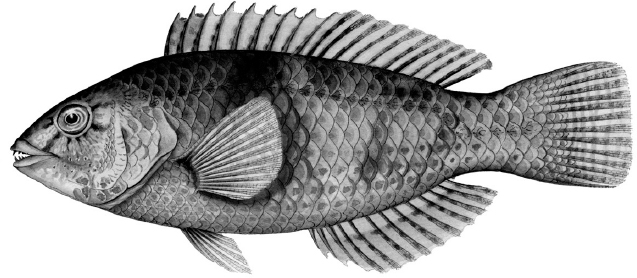
O ne June morning in 1898, a few days before his thirteenth birthday, fair-haired Allan dressed and dutifully completed his regular piano practice before breakfast. It was a big day for him. Ten days earlier, his uncle Clarence had taken him across Sydney to meet a certain Mr Waite.

